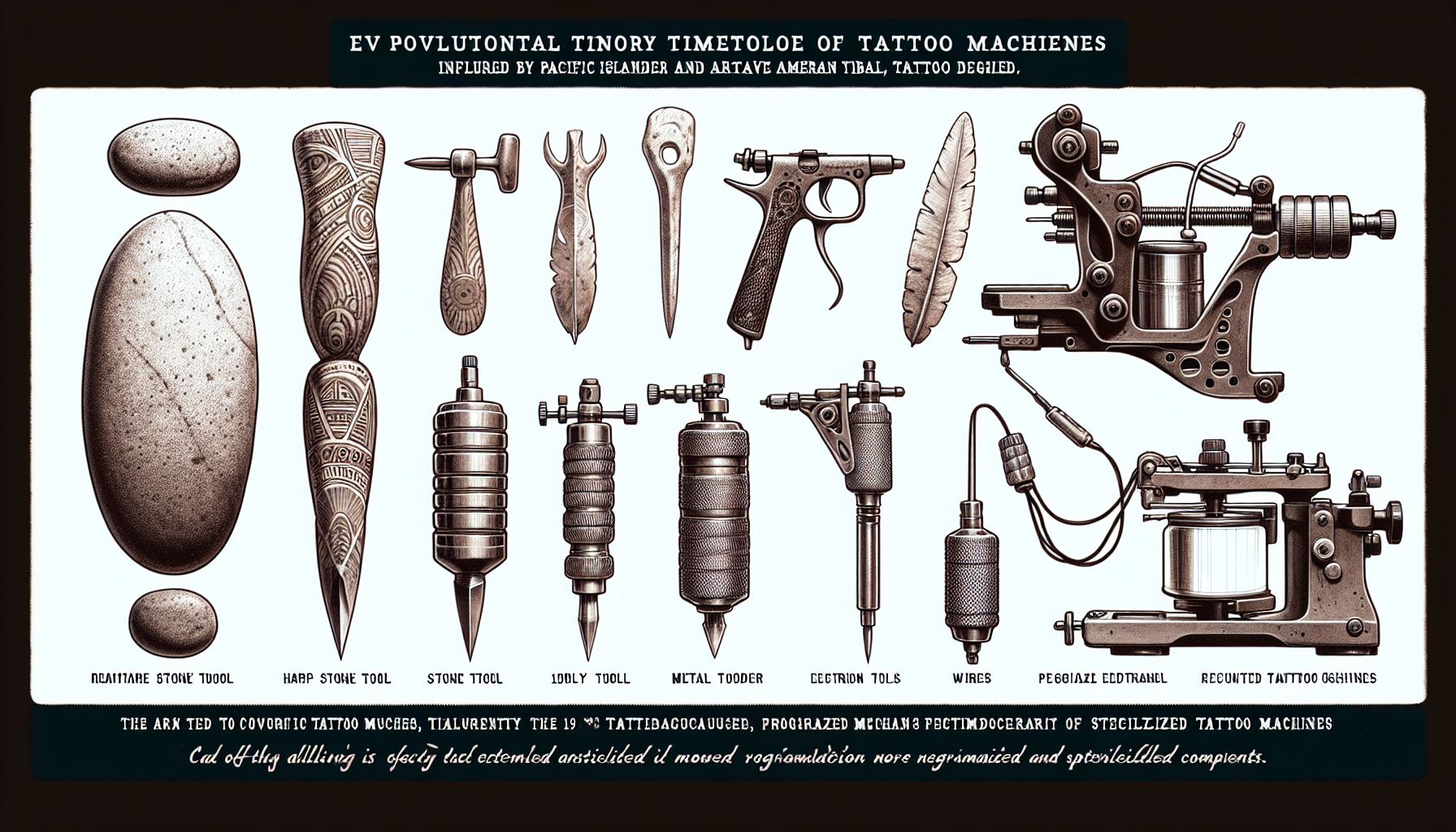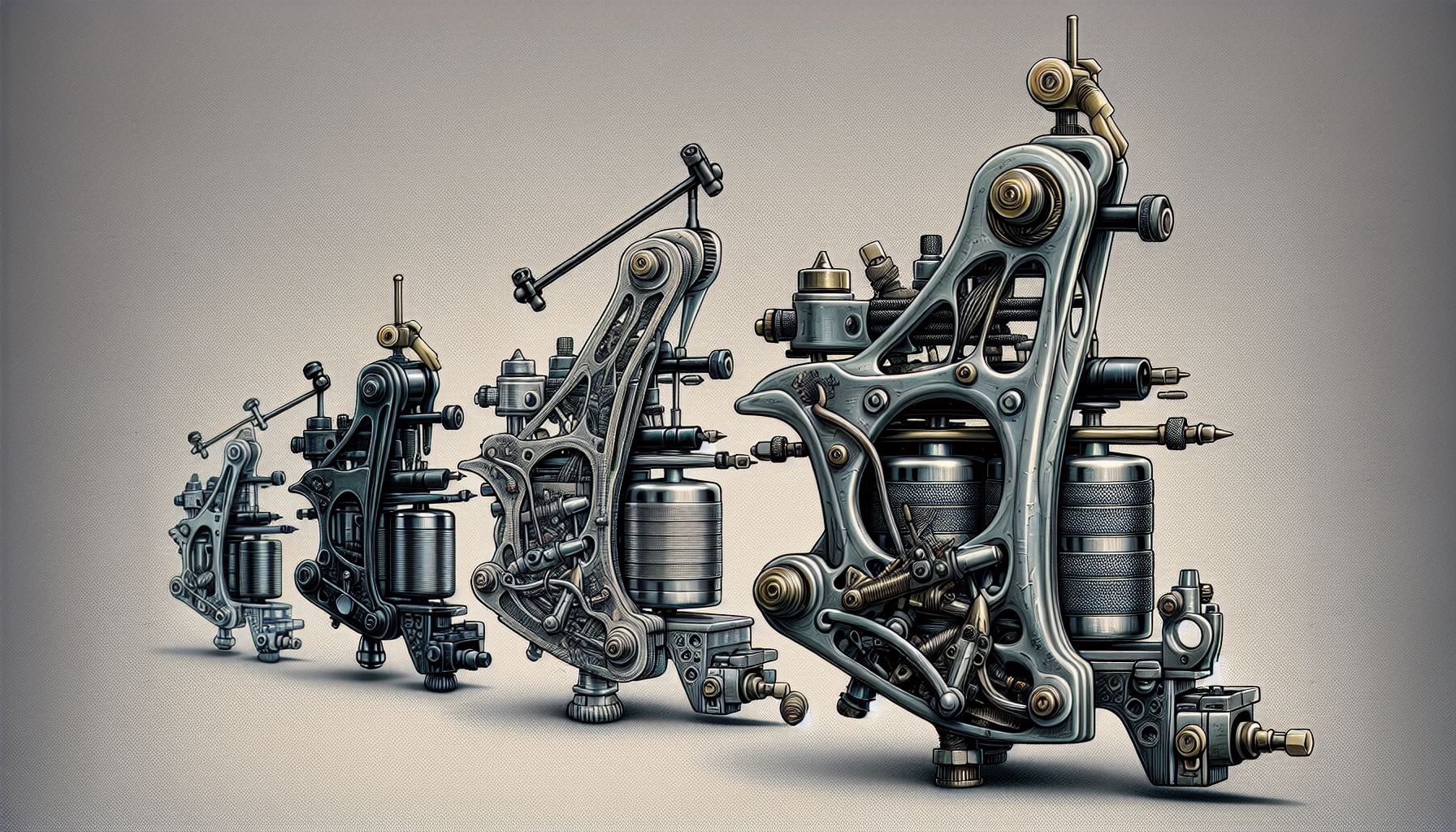Tattooing is an art form that has grown immensely in both popularity and sophistication. From the traditional methods of indigenous peoples to the cutting-edge studios dotted around the globe, the tools and supplies used by artists have evolved to meet the demands of modern creativity and precision. Among these, few are as critical to the craft as the tattoo needle. This essential piece of tattoo equipment has undergone significant transformation over the years, morphing from simple configurations to complex groupings designed for every conceivable application.
At the heart of the art, tattoo needles are responsible for delivering the ink into the skin. Without them, the stunning visuals you see emblazoned on skin could not exist. As someone who’s been in the tattoo industry for decades, I’ve seen firsthand how these needles have progressed and how those changes have improved the work we do.
In the early days of my career, needle choices were limited. Artists often crafted their own, soldering them by hand to ensure the right configuration for the task ahead. This process wasn’t just time-consuming; it was an art in itself. The careful crafting of needles required a steady hand and a keen eye, not unlike the tattooing process. These handmade needles had character and individuality but lacked the standardization necessary for consistent results.
Modern tattoo needles are a different story. They come pre-made, sterilized, and ready for single use, eliminating the risk of contamination and ensuring the highest standards of safety for both the artist and client. These needles are made out of medical-grade stainless steel, allowing for precision and durability that handmade needles couldn’t always guarantee.
Diving deeper into the subject, tattoo needles are classified by two main features: the diameter of the needle and the configuration. The diameter, which ranges from #6 (the smallest) to #12 (the largest and most commonly used), is critical because it affects the ink flow and the sharpness of the line work. The configuration describes how these needles are grouped together. There are liners, used for outlining and fine detail; shaders for shading and color filling; and flats, magnums, and rounds, each with their unique purpose and stroke on the skin.
One of the game-changers in needle development has been the cartridge system. Instead of the traditional method of threading needles on bars, cartridges allow tattoo artists to switch needle configurations quickly and efficiently, maintaining a high level of cleanliness. Some cartridges also have rubber membranes that prevent ink from flowing back into the machine and cross-contaminating the ink supply.
Personal experience has taught me the value of using the right needle for the job. I recall a time when a client requested a highly detailed portrait. This required needles that could provide extreme detail and subtle shading. I used a combination of tight liners for crisp, clean outlines, and small magnums for smooth gradations of tone. The precision and reliability of modern needle cartridges made that tattoo stand out as one of my best works.
While the importance of choosing the correct needle cannot be overstated, it’s also crucial to consider the ink in tandem. Just as needles have evolved, so too have tattoo inks, with a spectrum of colors and compositions now available. They have become more stable, vibrant, and safe, allowing for stunning visual effects that were once difficult, if not impossible, to achieve.
Given the diversity of tattoo needles available now, new artists might feel overwhelmed. My advice is to start with the basics: a variety of liners and round shaders. As your technique improves and your style develops, you can experiment with different configurations, always keeping in mind the fundamental interplay between needle type, ink, and the desired outcome.
Looking back on the evolution of tattoo needles, it’s clear that innovation has paved the way for artists to push the boundaries of their craft. Yet, it’s also a reminder that, at its core, tattooing is about the connection between the artist, their tools, and the canvas of skin. By understanding and respecting each element of the process, artists can continue to create masterpieces that last a lifetime.
To the tattoo suppliers, wholesalers, and manufacturers who work tirelessly to improve these tools, I extend my deepest gratitude. Your commitment to quality and safety has not only made the tattoo artist’s job easier but has also elevated the entire industry.
For those of you reading this, whether you’re an apprentice or a seasoned artist, take the time to learn about your tools. Being informed is the first step toward mastery, and in a profession where your work becomes a permanent part of someone’s story, nothing is more important than crafting each piece with care and expertise.



